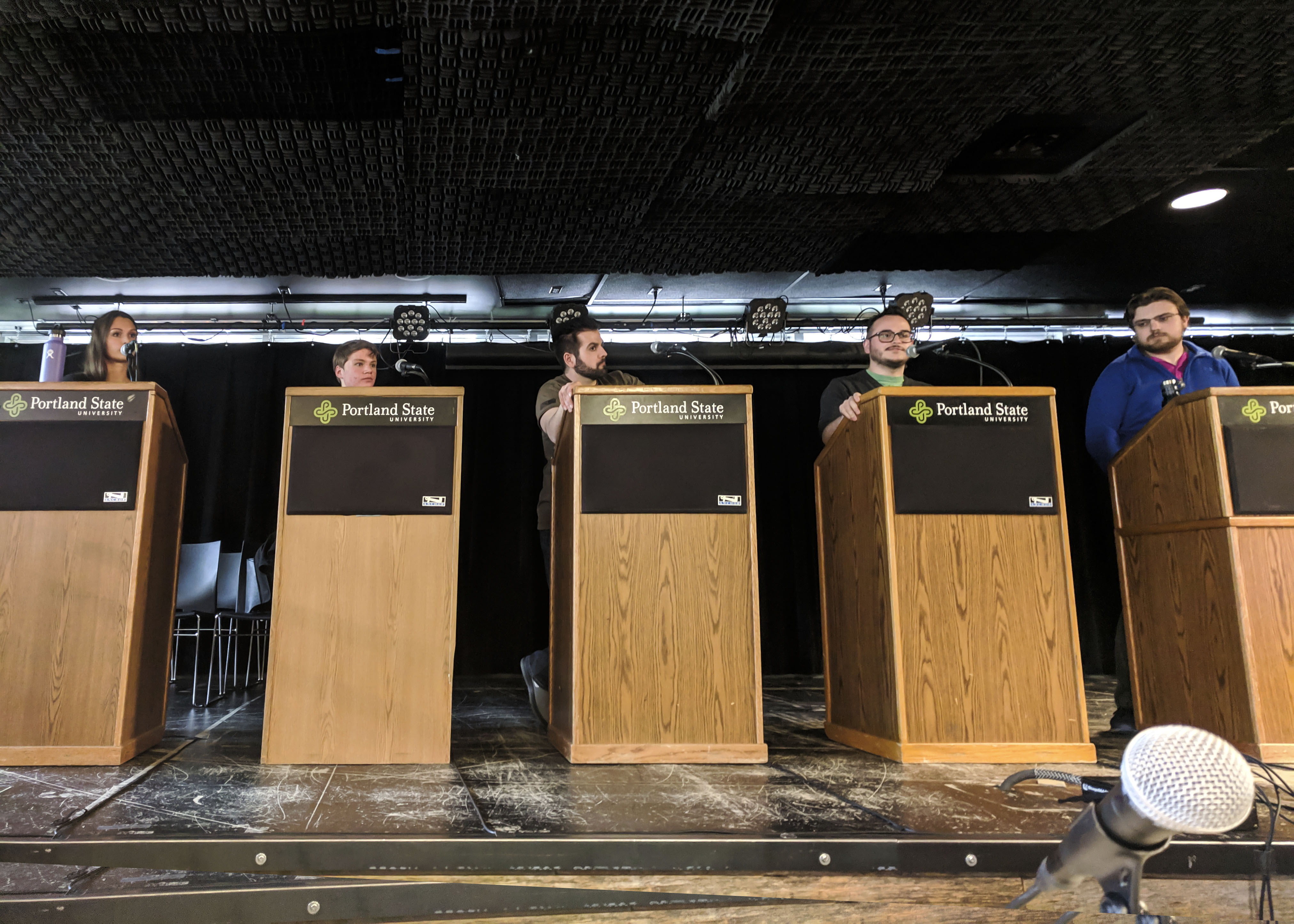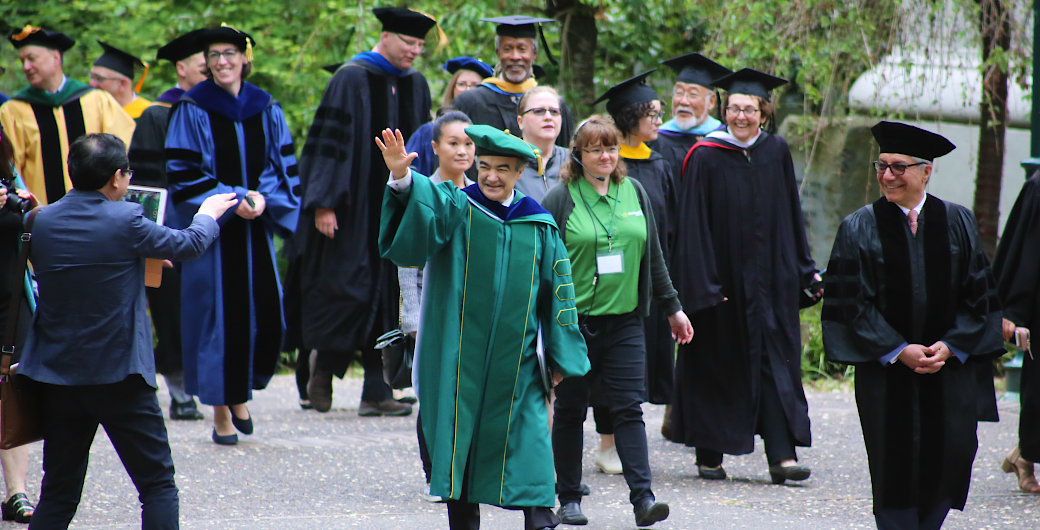INS will track foreign students electronically
A new program that electronically tracks foreign students as they enroll and study in the nation’s colleges and universities was demonstrated Monday to higher education officials in Minnesota, many of whom work with these students at their schools.
As early as January, the program — dubbed “Sevis” — will replace the current paper process used by the Immigration and Naturalization Service.
“Most of it is basic information we already work with,” said Barbara Walters, an international scholar coordinator at St. Olaf College in Northfield, Minn., who attended the demonstration. “Questions will come up, but it looks workable. I don’t think anything that is being required is unreasonable.”
The INS’ tracking of foreign students has been under heavy scrutiny since Sept. 11 because some of the terrorists involved in the attacks on New York and Washington, D.C., were allowed to enter the United States on student visas. The Justice Department, in a 188-page report released this month, called the INS’ current system “untimely and significantly flawed” and even raised questions about whether the new electronic system would be ready by a January 2003 deadline.
In a statement released Monday, the INS said it fully intends to meet the deadline. Once the new system is in place, any school that accepts foreign students must use it. Congress provided $36.8 million to the INS to make the change as part of the U.S. Patriot Act, and a proposal to charge a $95-per-student “user fee” is under consideration.
Highlights of the new system include:
Schools will be required to report a student’s failure to enroll. Under the current system, schools had no obligation to do this. Schools also will be required to report such information as the start date of a student’s next semester, the dropping of a full course of study without approval, any disciplinary action taken because of a crime and earlier-than-expected graduation.
It will be Internet-based, which should speed up information exchanges among schools and the government. Under the current system, the exchange didn’t happen until a paper document was sent from one place to the next.
It is expected to reduce visa fraud. Under the current system, student visa forms have been subject to theft and are often sold and used to support fraudulent visa applications. “Because it is faster, more accurate and secure, it will tighten up the lag time that made the old system not very workable,” said INS spokesman Tim Counts.
Miguel Garate, who works with foreign students at Riverland Community College in Austin, Minn., said he expects students may, at first, find the change to be a bit confusing and too personally demanding.
“I hope international students don’t get offended,” Garate said. “But it’s for everybody’s own good. The more information you have, the better.”
The Justice Department and the INS track approximately 1 million foreign and exchange students each year.



